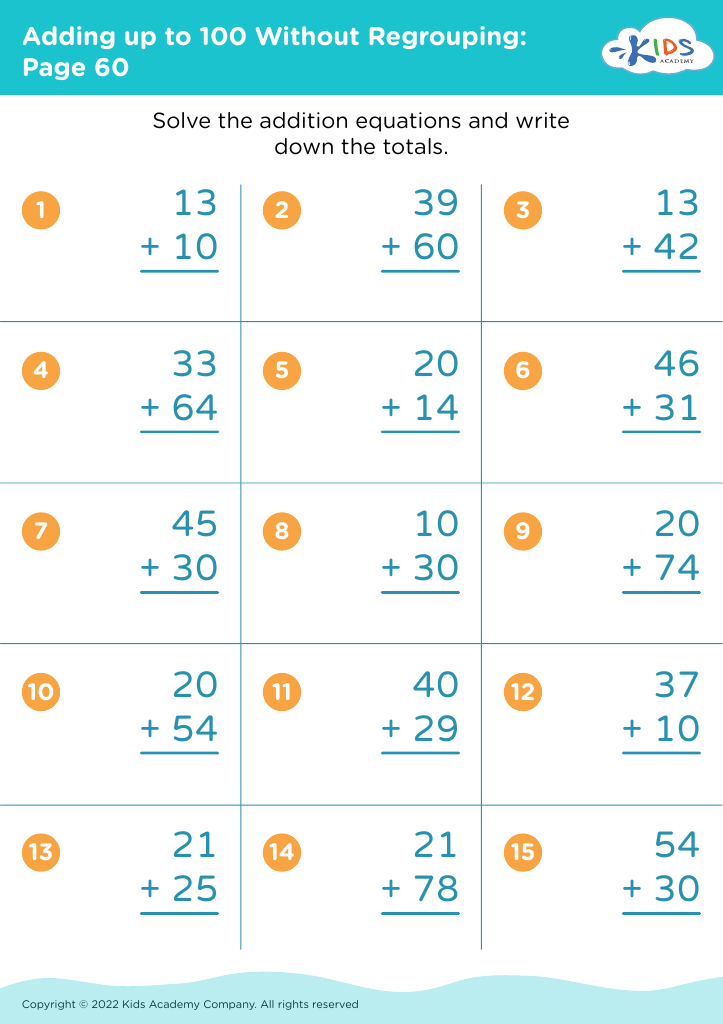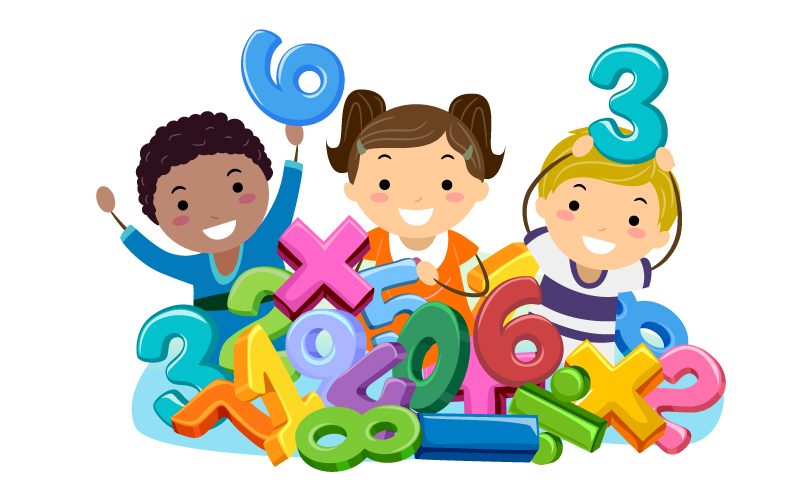Understand sequencing events Worksheets for Kids
1 filtered results
-
From - To
Question/Answer
How to train the Understand sequencing events skill in Grade 2 students learning about Adding up to 100 Without Regrouping?
To train Grade 2 students in sequencing events when adding up to 100 without regrouping, utilize interactive activities like number line jumps. Start with smaller sums, gradually increasing complexity. Incorporate storytelling that involves addition problems, asking students to order the events based on the sums.
What does the Understand sequencing events skill mean when it comes to Grade 2 Adding up to 100 Without Regrouping learning?
The "Understand sequencing events" skill in the context of Grade 2 Adding up to 100 Without Regrouping refers to the ability of students to follow and apply the logical order of steps in addition problems.
What are some effective activities to train students’ Understand sequencing events skill when teaching them about Adding up to 100 Without Regrouping?
Effective activities to train students in understanding sequencing events while teaching addition up to 100 without regrouping include using number lines for visual assistance, playing sequencing card games where students order addition problems and their solutions, and interactive storytelling with math problems embedded in the plot, requiring students to solve them in sequence to proceed with the story.













